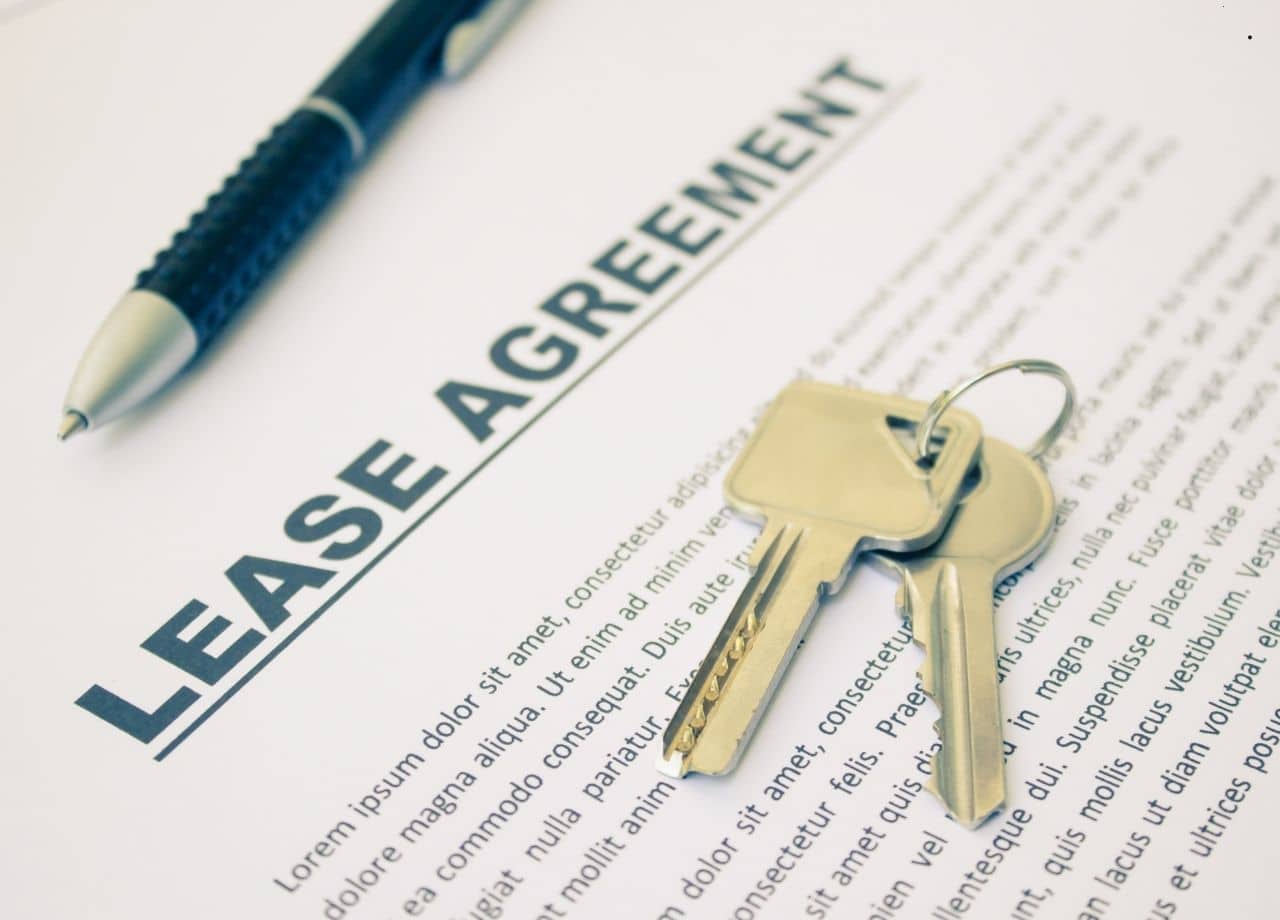A solid lease agreement is your frontline tool in keeping everything running smoothly. More than just a pile of legalese, it’s a clear roadmap for what you and your residents expect from each other. Whether managing properties in bustling city buildings or quieter suburban apartments, many experienced property managers agree—there’s nothing like a tight lease to avoid headaches later.
Here’s a detailed look at what a strong lease template should include and why each part matters.
Understanding What Goes Into the Lease
Your lease needs to be crystal clear from day one. Take, for example, a five-unit building—vague language in a lease for such a property only invites confusion. A lease should spell out the basics: who’s involved, what space is being rented, for how long, and at what price.
Get those facts right, and you’ve already solved half your potential problems before they even start.
Once the basics are covered, responsibilities need to be defined. What’s included with the rent? Who takes care of the lawn? What about handling pests? (Hint: Pest prevention is cheaper and less stressful than dealing with infestations later.)
Defining Rent Details—Beyond the Numbers
Talking about rent isn’t just about the monthly figure. It’s about clarity around due dates, grace periods, late fees, and acceptable payment methods. One common lesson property managers learn is when a resident thinks paying on the last day of the month is okay—even when rent is due on the first. After dealing with that confusion, it becomes clear how important it is to add exact times and clarify when payments count as late.
That simple detail can save hours of reminders and upset phone calls.
Include everyone’s access methods here too. Will residents use online portals? Checks? Cash? Having it all spelled out prevents excuses later. Also, touch on how rent increases work. A casual mention of “subject to renewal” won’t cut it. State clearly that rent may go up, how much notice is required, and whether it’s tied to things like local market rates or improvements to the apartments.
Security Deposits: How Much, Why, and When
Security deposit rules can feel like landmines—get them wrong, and you risk legal trouble or unhappy residents. It’s not just the amount. A strong lease says how long you can hold it after move‑out, what you can deduct it for, and how you’ll return the rest. A good rule of thumb many property managers use: treat deposits like money held in trust. When it’s time to return, itemize deductions—paint scratches, deep carpet stains, broken appliances—and attach photos or estimates. That way, you’re covered whether things are going perfectly or you hit a surprise mess.
Maintenance, Repairs, and Routine Inspections
Next up is keeping your apartments in good shape. A lease should outline who’s responsible for what and set expectations for reporting issues. One property manager recalled a time when a resident ignored a tiny leak because they thought it was minor. Without a requirement to report things right away, the leak worsened, led to mold, and cost a lot in repairs. Since then, including a clause asking residents to notify the manager of any maintenance concerns—as soon as they spot them—has become standard.
In addition to reporting, residents want to know how maintenance will be handled. Will there be a 24‑hour emergency line? How fast should non‑urgent repairs happen? Putting that in your lease keeps everyone on the same page from move‑in day.
Household Rules: Keeping Things Respectful
This part can feel like a chore, but it’s where a lot of future issues start. No one’s perfect, and conflicts between neighbors can escalate without clear rules around noise, common areas, parking, or pet care. In one case, a resident’s noisy dog kept everyone awake. Pets weren’t banned, but a noise‑abatement clause and pet damage deposit were required. It made a big difference.
The household rules section of the lease should talk about quiet hours, trash starts, common space etiquette, and other daily-living stuff. It’s not micromanaging—it’s preventing unnecessary disputes.
How to Handle Pests Your Way
For property managers, pest control isn’t just important—it’s essential. A once‑in‑a‑blue‑moon roach visit can spiral into a major infestation if the lease doesn’t specify prevention responsibilities. A lease empowers you to step in early. Describe what you’ll do—quarterly inspections, professional treatments, charge‑back clauses for resident‑caused infestations—and what’s expected of your residents, like keeping garbage sealed and reporting sightings immediately.
When you spell it out clearly, you both win. You protect your investment, and your residents enjoy a healthier, happier home.
Entry Rights and Privacy
Balancing access and respect is key. You’re managing property, but people live there. Your lease should state under what conditions you can enter—inspections, emergencies, repairs—and how much notice you’ll give. Typically 24 or 48 hours is considered fair. Many residents appreciate knowing upfront that their space will be respected unless there’s an emergency. That builds trust.
Also, outline what qualifies as emergencies. A burst pipe? Immediate access. A leaky faucet? Scheduled repair within a day or two. Knowing the difference helps you respond appropriately and quickly.
Lease Renewal, Renewal Notice, and Ending the Lease
Life changes. A resident might renew, move on, or want a shorter lease. Your lease template needs to handle all of that. Include clear dates for rent renewal offers or lease termination notifications. Be specific—say 30, 60, or 90 days—so no one’s guessing.
Breaking the Lease and Subleasing Options
Sometimes things come up—someone might need to move for work, or a relationship change could prompt a move. If early termination is allowed, say what fees apply or what conditions must be met. It’s better to include this than react later.
Decide on your take regarding subleasing. Is it allowed, and under what rules? Clear language around this stops confusion down the line, especially when someone expects they can sublease and your policy says otherwise—or requires approval.
Consequences of Breaking Lease Terms
This might feel a bit ominous, but consequences are only fair when they’re spelled out up front. If a resident breaks noise rules, doesn’t pay rent, or damages property, what happens next? Do you serve a written notice? Give them three days to fix things? A month? You get to choose—but be consistent. Having a predictable system that’s in the lease makes your life easier and your property safer.
Think of it as practicing fairness by making the process transparent. You’re not just the enforcer—you’re someone who plays by the rules too.
Signatures, Dates, and Legal Talk
By the time you reach this part of the lease template, every expectation is laid out. Now you just need signatures and dates. Include a line for property manager (that’s you, or your company) and all adult residents. Date of signing. Lease start date. Lease end date.
Here’s the thing: it doesn’t have to be long. It needs to be clear. If your local laws require additional clauses—fair housing or possession timing—add them here. If not, you’re good. But always make sure your template meets local minimum legal requirements. An annual legal review is a smart move, because laws and codes can change year to year.
A strong lease agreement template is worth more than just time and effort. It’s your insurance against miscommunications, unexpected costs, and repairs that spiral. It’s your upfront way to set expectations and avoid disputes. When the rules are clear and fair, and everyone understands them, you’re building trust and protecting your property at the same time. That’s how you keep residents happy, apartments filled, and your management smooth.
No copy‑and‑paste contract is perfect—but a custom, well‑built lease is your foundation for worry‑free property management.






